The Fukuoka-style ramen, representing one of Japan’s top three ramen varieties, hails from the Hakata region in Kyushu. While its richness is slightly milder than the Kurume-style, it caters more to the general palate. Its distinctive features include a thick pork bone broth, ultra-thin noodles, and the addition of extra toppings (known as “kaedama”). The renowned Ippudo ramen chain employs a unique technique to eliminate any undesirable pork odor, resulting in a rich and profound flavor that captivates the senses.
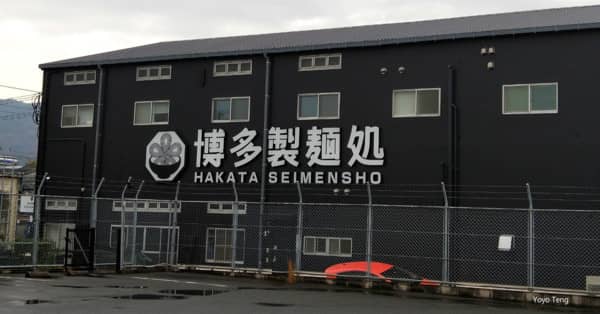
This time, my friend took us directly to the Ichiran Noodle Factory, conveniently located right next to the Ichiran Hakata Main Store. There, we had the pleasure of savoring a bowl of freshly made tonkotsu ramen, cooked to perfection.
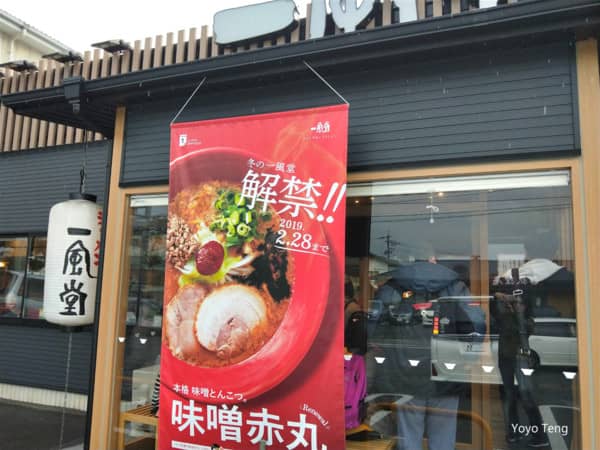
The store may be small, but when we arrived, there was already a queue outside. Surprisingly, within less than 5 minutes, it was our turn. Last year, this particular shop, known as ‘228,’ introduced a spicy miso ramen. Don’t underestimate the tiny dollop of vibrant red chili sauce on top—unless you’re a true spice enthusiast, proceed with caution!

During the Showa era, in Fukuoka City’s bustling Nagahama fishing district, ramen shops faced the challenge of serving busy fishermen. To keep up with their rapid pace, these shops introduced “ultra-thin noodles” to speed up cooking. However, because thin noodles soften in soup, portions became smaller. A unique eating style emerged: diners would finish their initial bowl of noodles and then order an extra serving (known as “kaedama”). This practice birthed the distinctive “kaedama culture” in Hakata ramen.
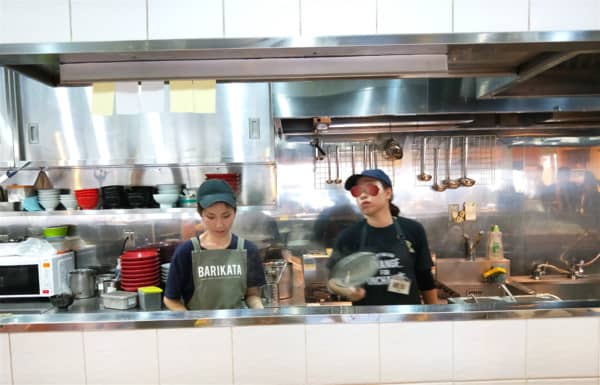
The artisans at Ippudo meticulously manage every detail to ensure the soup remains piping hot. Even today, they continue their daily ritual of carefully simmering the broth. To serve customers steaming hot soup, the ramen bowls are consistently warmed with hot water. And when it comes to the tender slices of char siu (pork belly), they’re also served sizzling hot. Years of experience and intuition ensure a consistently delightful flavor.
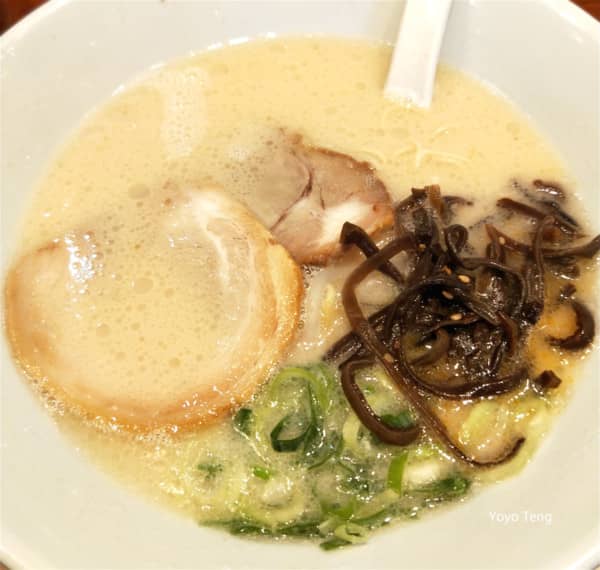
“Tonkotsu Ramen,” originating from Kurume City in Fukuoka Prefecture, Kyushu, Japan, requires a simmering process of at least 10 hours for its broth. During this time, the essence of bones, fat, and collagen melds into the soup, creating a rich and velvety texture.
陸續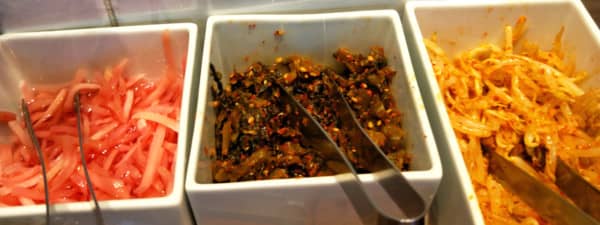
Guests have the option to customize their ramen with three types of condiments. The sprightly bean sprouts on the far right add a delightful kick and are truly appetizing—don’t miss out!

When the soup takes on a light milky-white emulsified appearance and exudes a subtle fragrance of milk, it reaches its optimal texture.

When you take the first bite, flavors burst forth in your mouth, igniting your appetite!
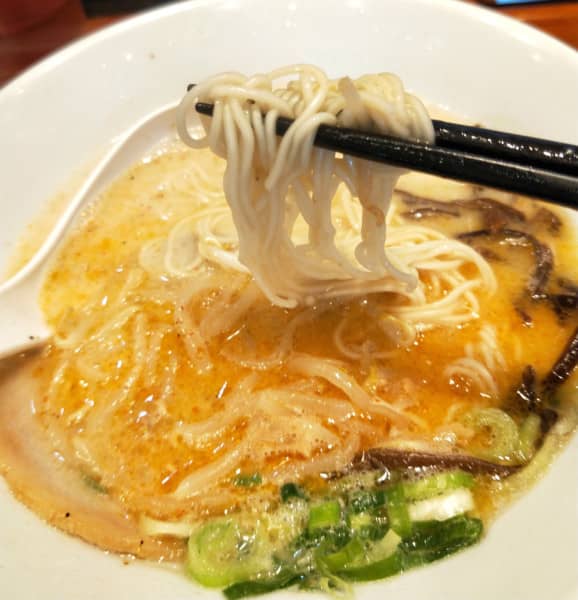
“Ippudo’s Noodles” are a harmonious blend of precisely proportioned flour, the ideal thickness, and a naturally resilient texture. These house-made noodles are impossible to replicate. Ippudo’s noodle development involved countless experiments, resulting in a perfect pairing with their rich tonkotsu broth.
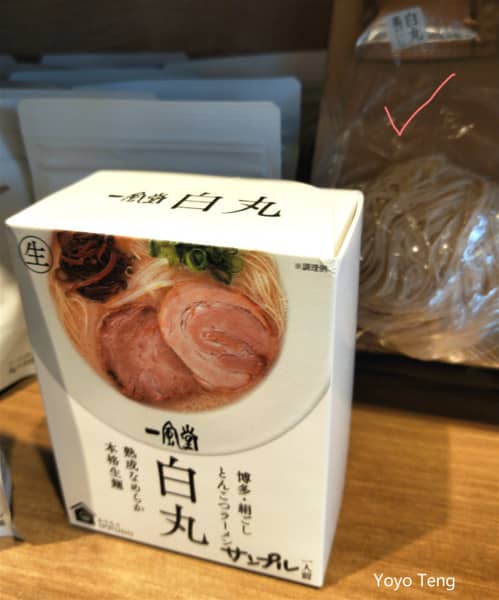
If you haven’t had your fill, you can purchase fresh noodles here and cook them at home. Through precise temperature and humidity control, mix the noodles with alkaline water. Next, allow the noodles to naturally mature, bringing out their delightful chewiness and the original aroma of the flour.
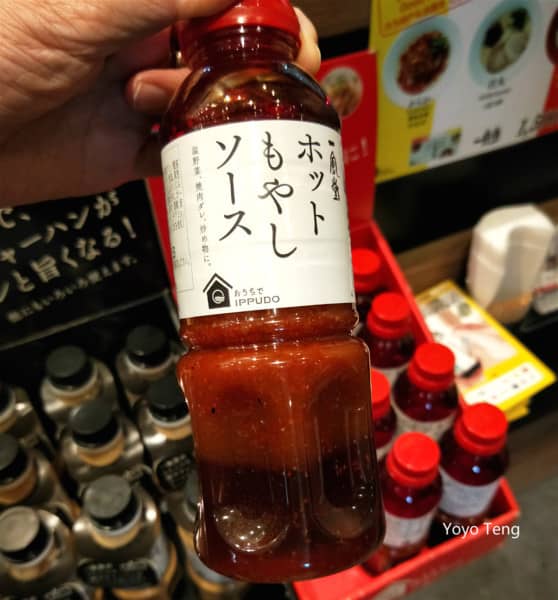
In the end, I chose this bottle of special sauce to take home and try. It’s perfect for using as a condiment with grilled meat or as a flavorful accompaniment to vegetables.